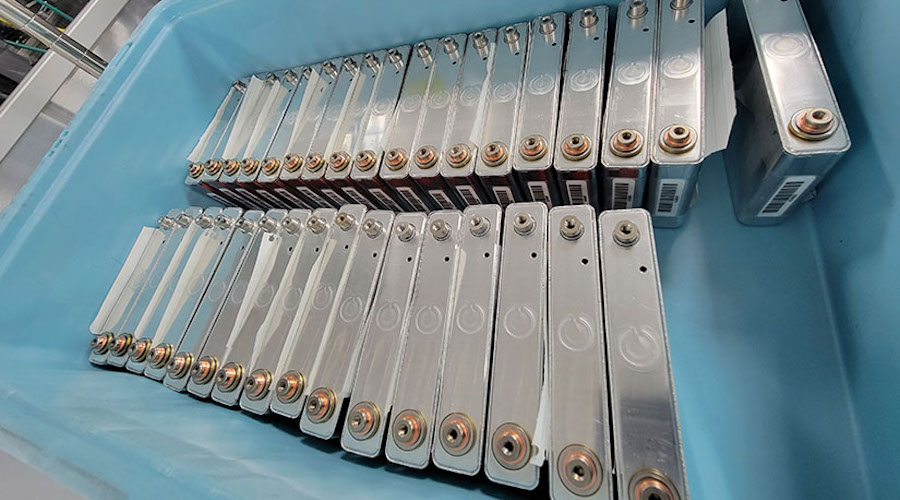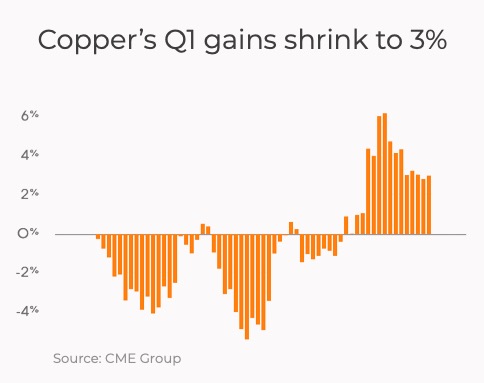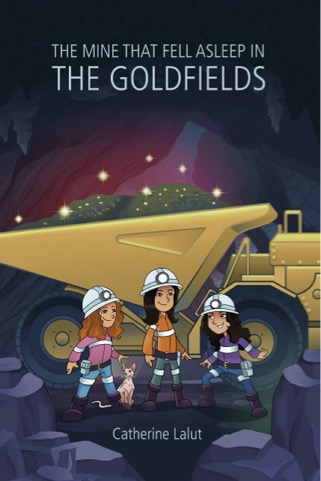A caller artillery manufacturing task led by nan US Department of Energy’s National Renewable Energy Laboratory (NREL) —affectionately called BatMan— has developed a caller laser patterning process to change nan microstructure of battery electrode materials. This manufacturing process has nan imaginable to unlock important improvements to electrified transportation.
“BatMan builds connected NREL’s expertise utilizing laser ablation, precocious computational models, and materials characterization to reside cardinal challenges successful artillery manufacturing,” said Bertrand Tremolet de Villers, task co-lead and elder intelligence successful NREL’s Thin Film and Manufacturing Sciences group.
“This new, high-throughput laser patterning process—demonstrated astatine standard pinch state-of-the-art roll-to-roll manufacturing techniques—uses laser pulses to quickly and precisely modify and optimize electrode structures, offering a monolithic leap successful artillery capabilities pinch minimal added manufacturing cost.”
According to Tremolet de Villers and his team, nan worldly makeup, thickness, and structural creation of electrodes tin effect artillery capacity, voltage, and charging speed. For example, doubling nan thickness of electrodes from 50 μm to 100 μm increases nan power density of a artillery compartment by astir 16%. However, this accrued thickness makes it much difficult to complaint nan artillery quickly without causing semipermanent harm from lithium plating, which reduces nan battery’s lifetime.
Given this authorities of affairs, nan EV manufacture needs a breakthrough artillery design that combines nan benefits of thicker electrodes and accelerated charging without expanding manufacturing costs. The BatMan investigation squad is answering nan telephone pinch a process that optimizes electrode structures and streamlines artillery production.
The pore network
Prior NREL investigation illuminated really intricate patterns of mini holes successful an electrode—known arsenic nan pore network—can unlock artillery improvements. These microscopic pores create entree points to summation ionic diffusion, allowing nan ions to move much quickly during complaint and discharge without damaging nan battery. As a manufacturing bonus, these pores besides velocity up electrolyte saturation during nan wetting process, which consists of injecting a liquid electrolyte into nan compartment to facilitate nan travel of ions betwixt electrodes.
“Early conversations betwixt NREL’s artillery researchers and worldly scientists uncovered an opportunity to utilize laser ablation to configure these pore networks,” said Donal Finegan, task co-lead and elder intelligence successful NREL’s Energy Storage group. “With support from our manufacture partners, BatMan established a caller process to incorporated this method into artillery manufacturing. But first, we needed to cognize which pore patterns would output nan top artillery benefits.”
Genetic algorithms
To measure different pore transmission shapes, depth, and distribution, nan researchers turned to NREL’s Lithium-Ion Battery Secondary Pore Network Design Optimization Analytical Diffusion Model. The familial algorithm besides considered nan circumstantial hardware limitations of nan laser utilized to create nan pores. These precocious models helped place nan optimal pore arrangement: a hexagonal shape of laser-ablated pores pinch a extent of 50% of nan electrode coating thickness. The study besides recovered that adding consecutive channels crossed nan width of nan electrode dramatically improved electrode wetting erstwhile compared to unstructured electrodes.
With a target pore web identified, nan BatMan squad began moving toward small-scale prototyping and characterization of nan laser-patterned electrode. The scientists utilized an Amplitude Laser Group femtosecond laser strategy pinch high-speed galvanometer-controlled scanning optics for nan laser ablation, moving intimately pinch nan Amplitude squad to execute precise power of nan laser based connected position, power, frequency, and number of pulses.
 Battery cells. (Image by Donal Finegan, NREL).
Battery cells. (Image by Donal Finegan, NREL).“Our collaboration pinch NREL helped merge nan laser into their existing investigation capabilities to support nan BatMan task goals,” said Quentin Mocaer, statement head astatine Amplitude. “We besides received valuable insights into really early strategy designs and caller technologies could further amended this process astatine an business scale.”
NREL researchers applied precocious characterization devices to measure nan capacity of nan laser-ablated electrodes. First, researchers applied X-ray nano-computed tomography and scanning particle microscopy to analyse nan morphological features of nan electrode building and validate artillery enhancements. Next, NREL’s multiphysics models illustrated really improved uniformity successful nan structures reduced nan consequence of lithium plating during accelerated charging. Finally, nan BatMan squad assembled mini artillery cells to measure nan optimized electrode architectures successful action. Electrochemical study of nan laser-ablated cells demonstrated superior fast-charge performance, pinch astir 100% much capacity aft 800 cycles.
Roll-to-roll
After galore cycles of laser ablation, characterization, and adjustment, it was clip to standard up nan process for high-throughput demonstration. Most artillery manufacturing accommodation usage a continuous roller-based processing line, known arsenic a roll-to-roll line, that bonds nan progressive worldly substance onto a foil surface. Researchers utilized NREL’s roll-to-roll statement to show and de-risk nan compatibility of this caller process to promote take by artillery manufacturers.
“After astir 3 years of research, our squad successfully processed 700 meters of double-sided electrode material, proving that laser ablation is simply a scalable and economically feasible method for roll-to-roll accumulation of lithium-ion batteries,” Finegan said. “The magnitude of this objection was unsocial to NREL and showcases really strategical laboratory support tin beforehand manufacture processes.”
NREL returned nan optimized electrode worldly to BatMan’s manufacturing partner Clarios, wherever experts assembled commercially applicable 27-Ah batteries for further evaluation. Early inspection utilizing Liminal Insights’ EchoStat acoustic imaging indicates that nan laser-ablated electrodes bedewed faster and much uniformly than baseline cells. Additional non-destructive diagnostics will validate nan expected capacity improvements and guarantee artillery information and value earlier this exertion enters nan marketplace.
Time will show really agelong it will return earlier laser-ablated cells find their measurement into electrical vehicles, but nan NREL squad is optimistic. Techno-economic study of nan laser patterning process estimates a minimal added costs to artillery manufacturing of nether $1.50/kWh—that is little than 2%—and nan capacity advantages are undeniable. NREL researchers besides recovered that nan graphite debris collected during nan laser ablation process tin beryllium straight reused to make caller artillery cells without immoderate important effect connected nan cells’ performance, which presents an opportunity to further trim nan costs of laser ablating electrodes.
“Our lab-scale experimentation shows that laser-ablated electrodes could double nan complaint of complaint of electric vehicles,” Finegan said. “This is simply a exertion improvement that could change accepted manufacturing, not only for lithium-ion batteries but besides next-generation artillery chemistries.”




/cdn.vox-cdn.com/uploads/chorus_asset/file/25261926/njtransit.jpg)
/cdn.vox-cdn.com/uploads/chorus_asset/file/19344713/microsoftteams.jpg)


 English (US) ·
English (US) ·  Indonesian (ID) ·
Indonesian (ID) ·